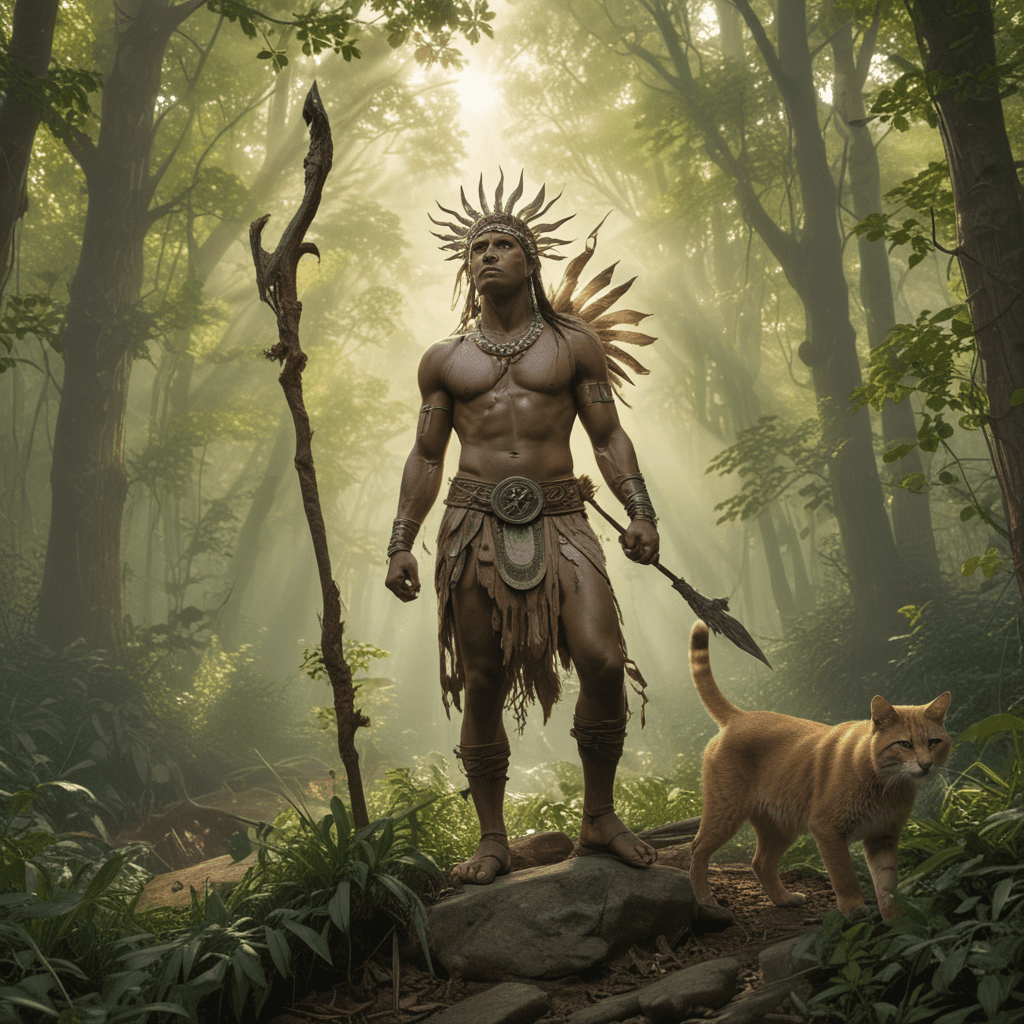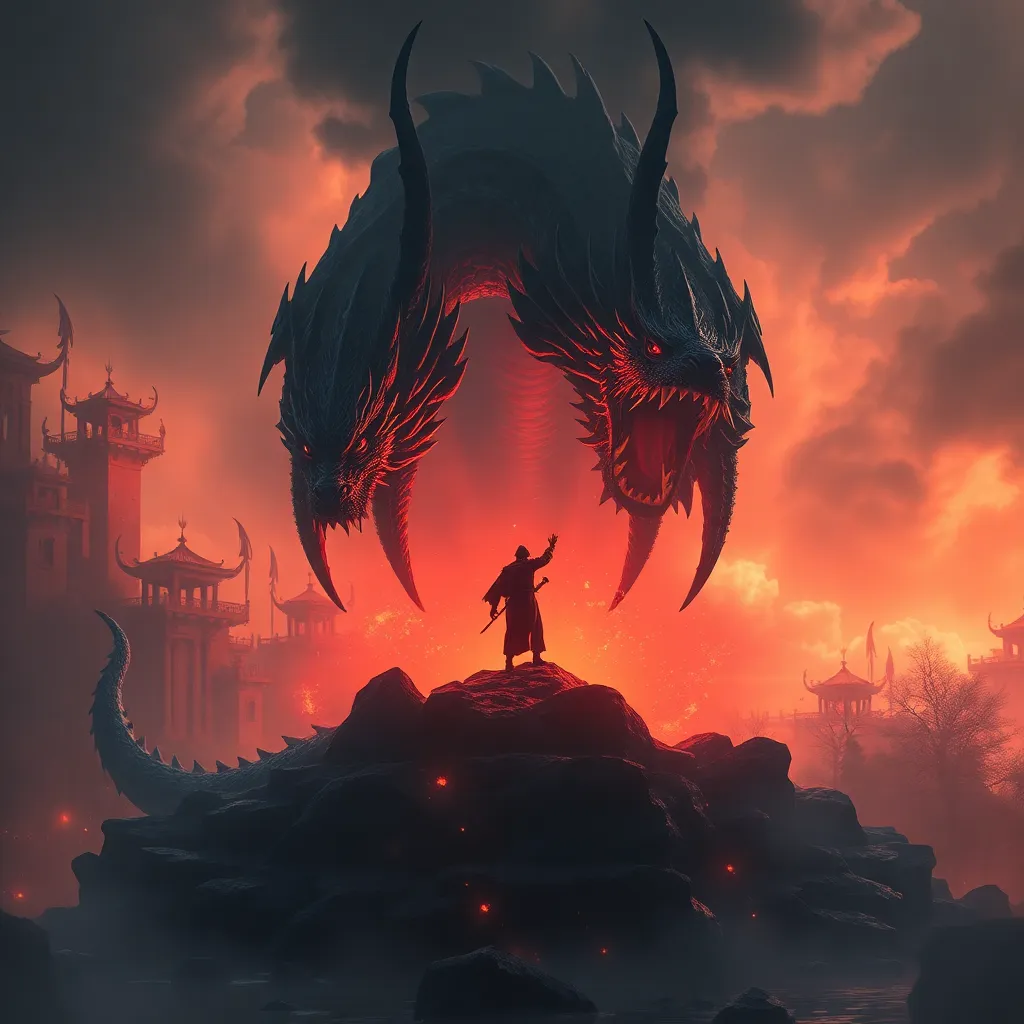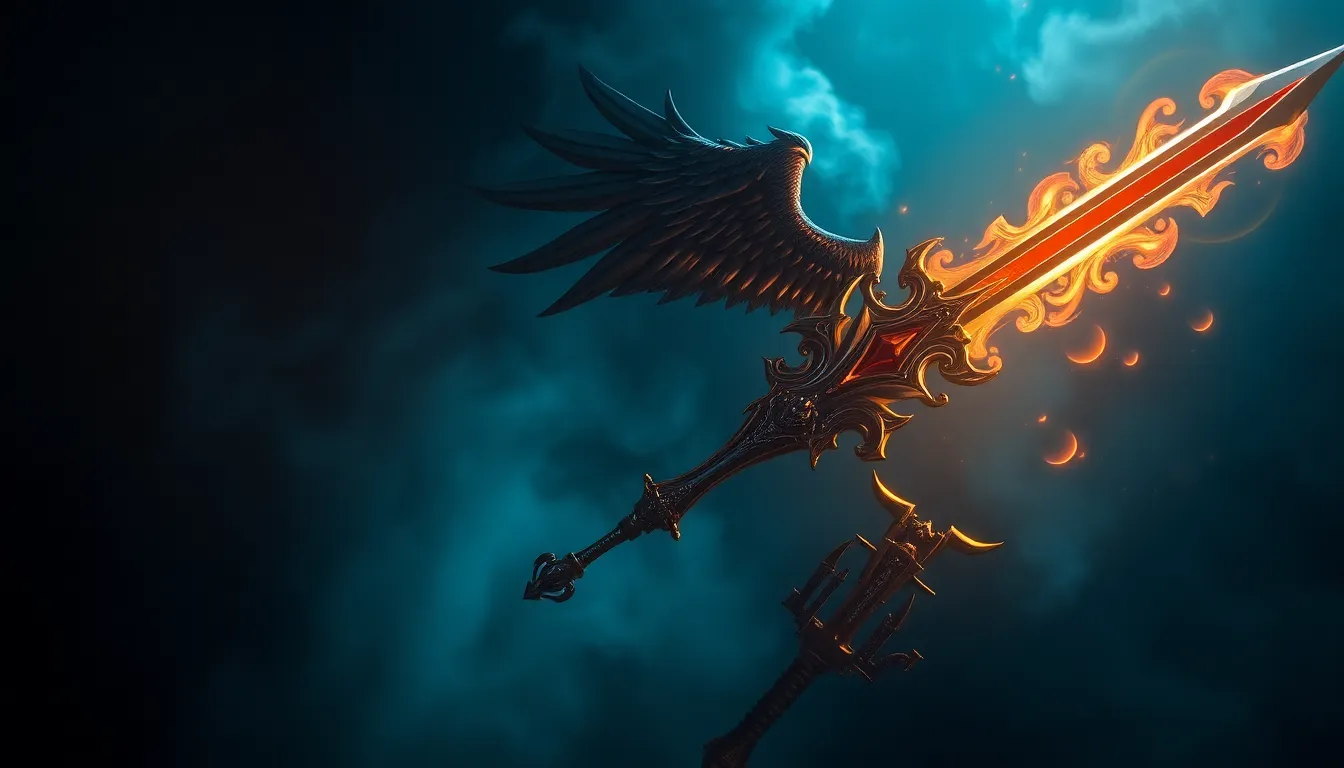The Symbolism of Boundaries in Finnish Mythology
1. Introduction
Boundaries play a crucial role in Finnish mythology, shaping the interactions between supernatural beings, humans, and the natural world. They define the limits of different realms, protect sacred spaces, and regulate the flow of energy and power. Understanding the symbolism of boundaries is essential for comprehending the complex mythological landscape of Finland.
2. The Creation of Boundaries
In Finnish mythology, boundaries are often associated with the act of creation. The world itself emerged from the separation of water and land, and the creation of the first human beings involved the establishment of boundaries between the divine and the mortal realms. Boundaries thus serve as a reminder of the primordial forces that gave birth to the universe.
3. The Boundary Between Nature and Culture
One of the most significant boundaries in Finnish mythology is that between nature and culture. Forests, lakes, and other natural features are seen as sacred and inhabited by spirits. Crossing into these realms requires respect and caution, as humans are seen as outsiders in the natural world. Boundaries between nature and culture serve to protect the sanctity of both realms and prevent imbalances.
4. The Boundary Between Land and Water
Water plays a vital role in Finnish mythology, and boundaries between land and water are often imbued with symbolic significance. Lakes and rivers are seen as gateways to the underworld, and crossing them can lead to encounters with supernatural beings. Boundaries between land and water also represent the transition between the physical and spiritual realms, facilitating communication between the two.
5. The Boundary Between Life and Death
Death is a significant boundary in Finnish mythology, with rituals and beliefs surrounding it designed to protect the living from the spirits of the dead. Boundaries between life and death are often marked by physical barriers, such as burial mounds or tombstones. These boundaries serve to prevent the dead from returning to the world of the living and to ensure the safe passage of souls to the afterlife.
6. The Boundary Between the Known and the Unknown
The boundary between the known and the unknown is a recurring theme in Finnish mythology. Many stories involve characters venturing into uncharted territories or encountering enigmatic beings from beyond the realm of human understanding. These boundaries represent the limits of human knowledge and the allure of the mysterious.
7. The Boundary Between Humans and Animals
In Finnish mythology, the boundary between humans and animals is often blurred. Many creatures possess human-like qualities, and humans can transform into animals or vice versa. This fluidity reflects the close relationship between humans and the natural world, and the belief that all beings share a common origin.
8. The Boundary Between the Sacred and the Profane
The boundary between the sacred and the profane is of great importance in Finnish mythology. Sacred spaces, such as groves or springs, are seen as dwelling places of spirits and deities. Respectful behavior is required when entering these areas, and boundaries are in place to protect the sanctity of the divine.
9. The Boundary Between the Past and the Present
In Finnish mythology, the past and present are closely intertwined. Ancestors and heroes from the distant past continue to play a role in the lives of mortals, and the actions of past generations shape the events of the present. Boundaries between the past and present serve as reminders of the ongoing connection between time periods.
10. Conclusion
Boundaries play a multifaceted role in Finnish mythology, shaping the relationships between humans, nature, and the supernatural. They define realms, protect sacred spaces, and regulate the flow of power and energy. Understanding the symbolism of boundaries provides a deeper appreciation for the richness and complexity of Finnish mythological traditions.
FAQ
Q: What is the most important boundary in Finnish mythology?
A: The boundary between nature and culture is arguably the most significant, as it defines the relationship between humans and the natural world.
Q: What happens when boundaries are crossed in Finnish mythology?
A: Crossing boundaries can lead to encounters with supernatural beings, imbalances in the natural world, or disruptions in the flow of energy and power.
Q: How are boundaries represented in Finnish mythology?
A: Boundaries are often marked by physical barriers, such as burial mounds, rivers, or forests. They can also be represented by rituals, such as those surrounding birth, death, or marriage.



